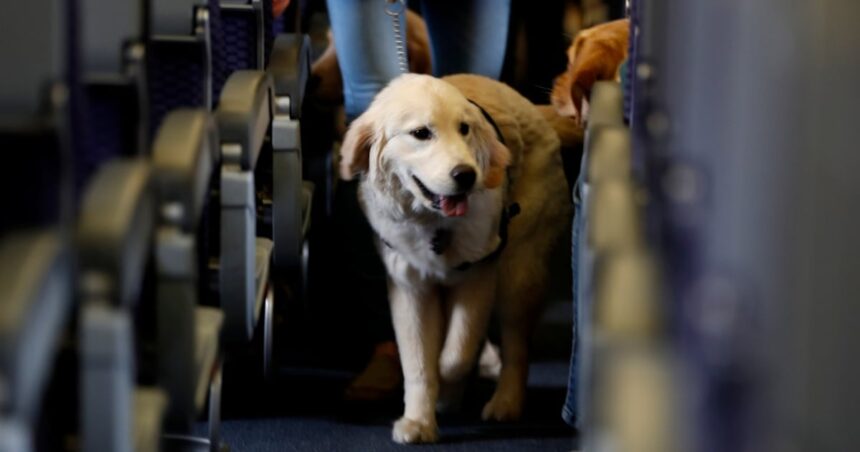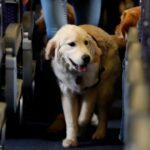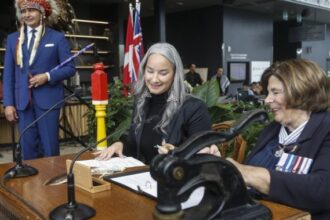As travelers with disabilities increasingly navigate Canadian airports with their service animals, understanding the patchwork of regulations has become essential. Recent incidents of denied boardings and confusion at security checkpoints highlight the need for better awareness of rights and requirements when flying with service animals in Canada.
“The rules can be overwhelming, especially for first-time travelers with service animals,” says Michelle Rodriguez, accessibility advocate and frequent flyer with her service dog, Max. “Many Canadians don’t realize that documentation requirements changed significantly in 2021.”
Under Transport Canada regulations implemented in January 2021, passengers with service animals must now provide airlines with documentation at least 48 hours before departure. This documentation must include confirmation that the animal has been trained by an organization specializing in service animal training and verification of the animal’s behavior.
The Canadian Transportation Agency (CTA) established these rules to balance accessibility needs with safety concerns. Unlike emotional support animals, which are no longer permitted in aircraft cabins, properly documented service animals can accompany their handlers in the cabin without additional fees.
Air Canada, WestJet, and Porter Airlines all comply with these federal regulations, though specific procedures may vary slightly between carriers. For instance, WestJet requires passengers to complete their Service Animal Request Form at least 48 hours before travel, while Air Canada has implemented an online verification system through their accessibility portal.
Security screening presents another challenge. The Canadian Air Transport Security Authority (CATSA) has specific protocols for screening service animals. Handlers and their animals undergo alternative screening methods that do not separate them.
“The most common mistake travelers make is assuming U.S. documentation will suffice for Canadian flights,” explains Jamal Thompson, a Toronto-based travel consultant specializing in accessible travel. “Canada’s requirements are distinct, and international travelers need to understand these differences to avoid issues at the gate.”
For flights crossing into the United States, additional requirements apply. The U.S. Department of Transportation has its own service animal regulations, requiring a separate DOT form to be submitted at least 48 hours before departure.
Service animal handlers report mixed experiences. While many describe smooth travels, others encounter staff unfamiliar with proper procedures. Sarah Chen, who travels monthly with her service dog between Toronto and Vancouver for business, shares: “About one in five trips, I encounter an employee who questions my documentation or doesn’t understand the difference between service animals and emotional support animals.”
Accessibility experts recommend carrying printed copies of relevant regulations, arriving at the airport early, and confirming arrangements with airlines multiple times before travel. The CTA also offers a dispute resolution system for travelers who believe their rights have been violated.
As Canada’s travel industry continues recovering from pandemic disruptions, advocates are pushing for more standardized training for airline and airport staff on service animal regulations and proper interaction protocols.
For Canadians planning to fly with service animals, thorough preparation remains the key to smoother travels. But as regulations evolve, how can airlines better balance accessibility needs with operational requirements in our increasingly complex travel environment?























